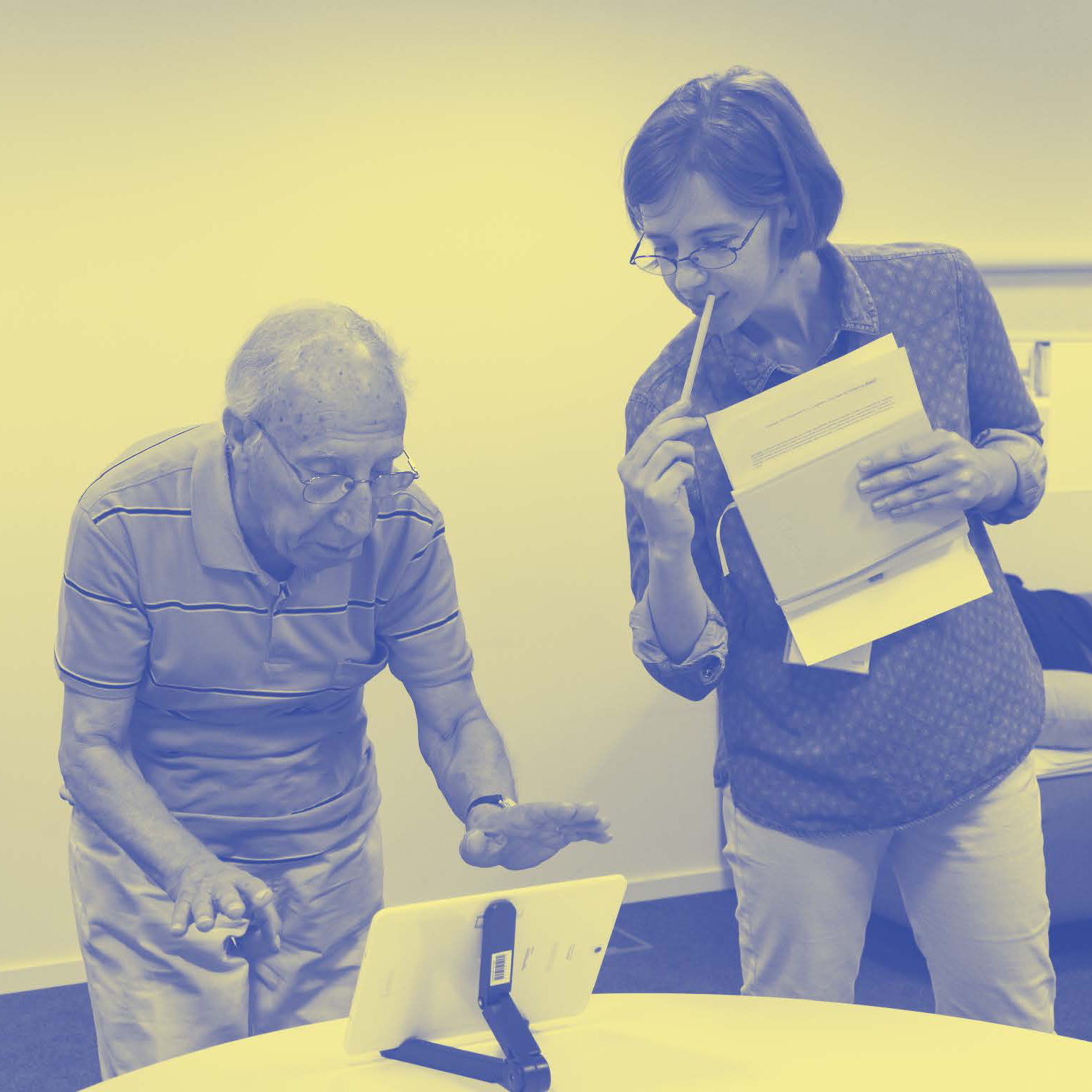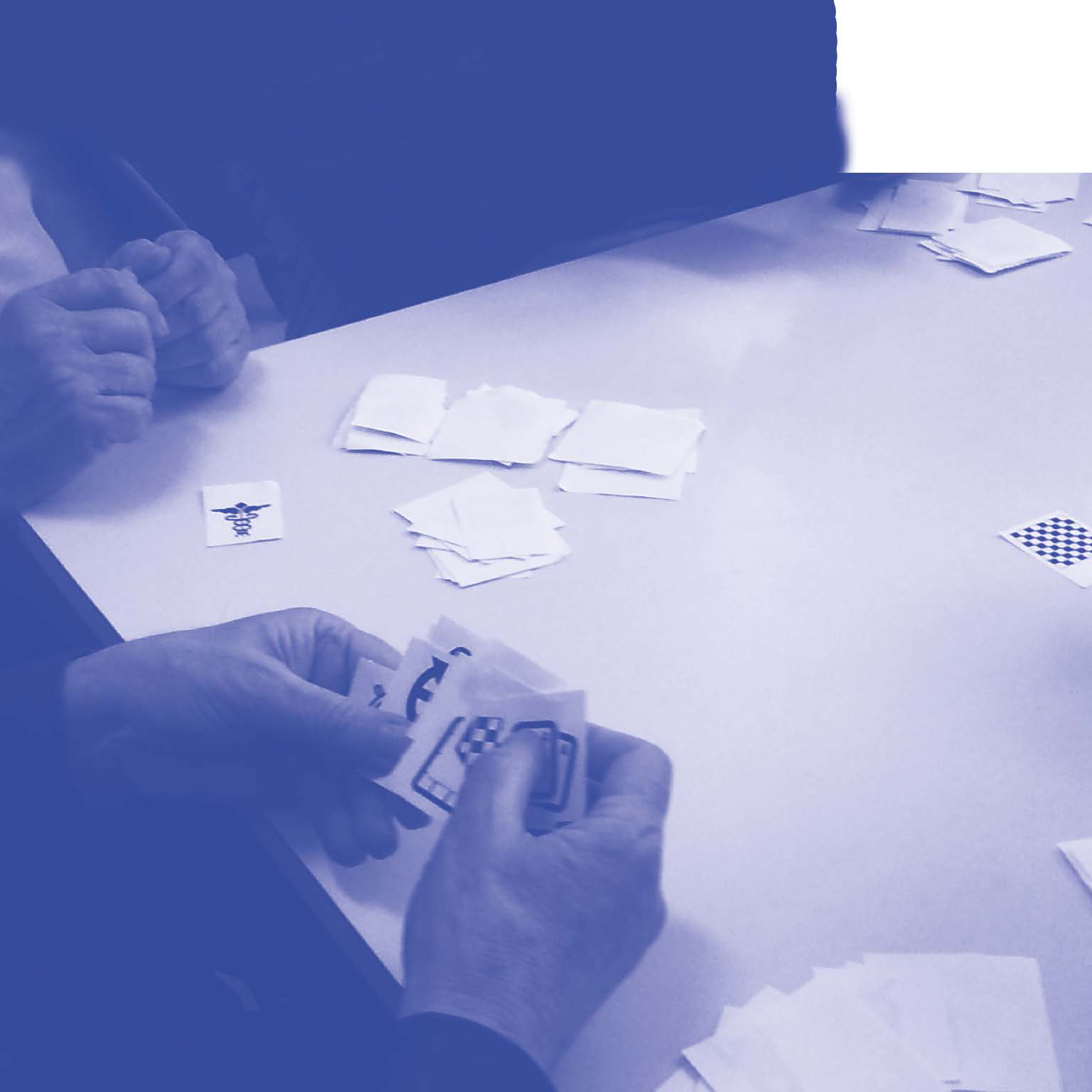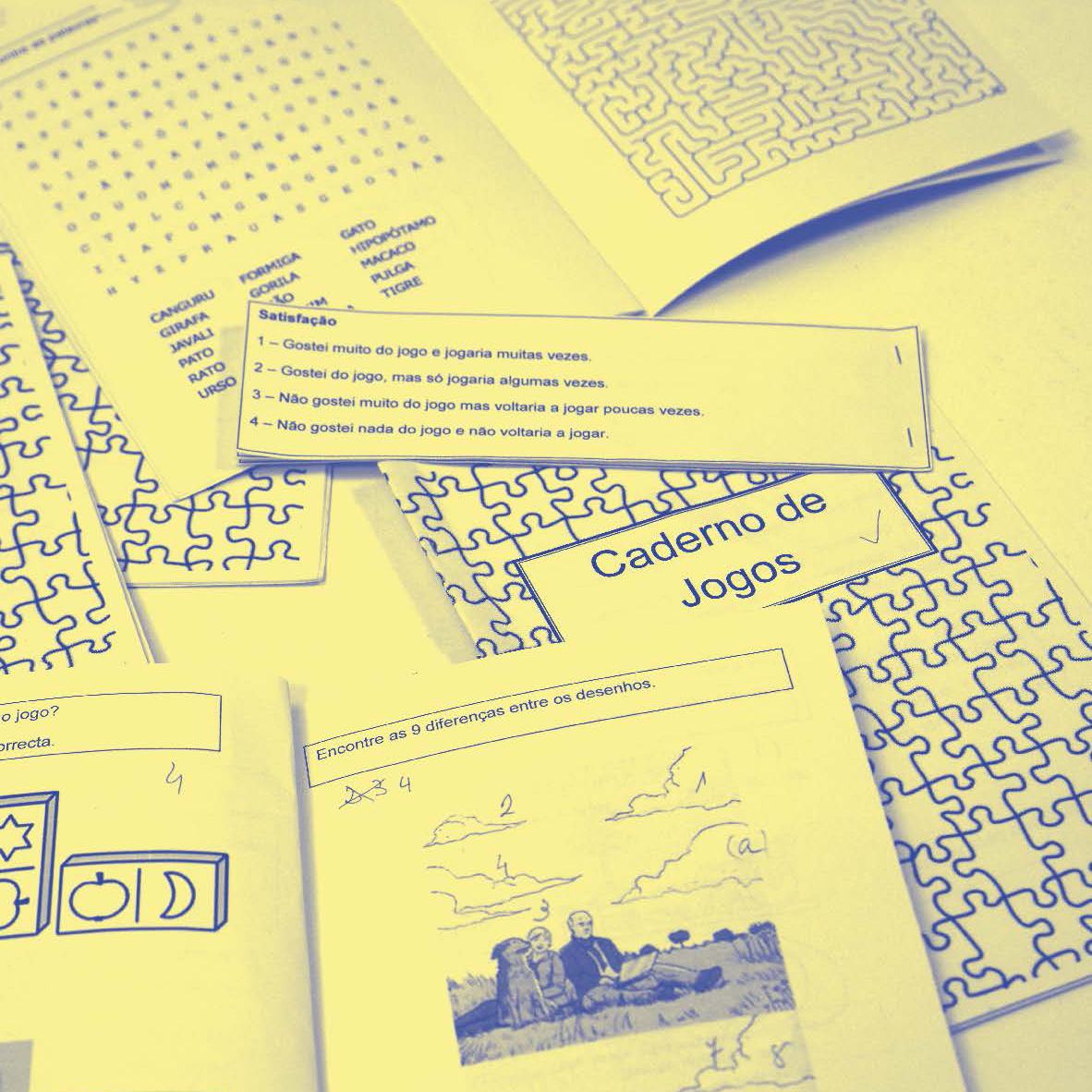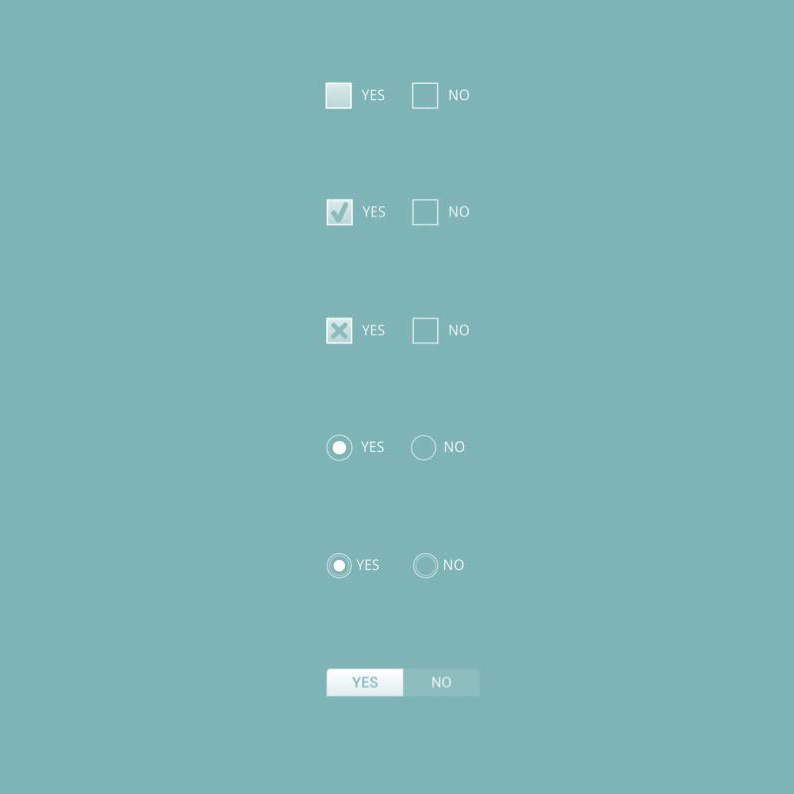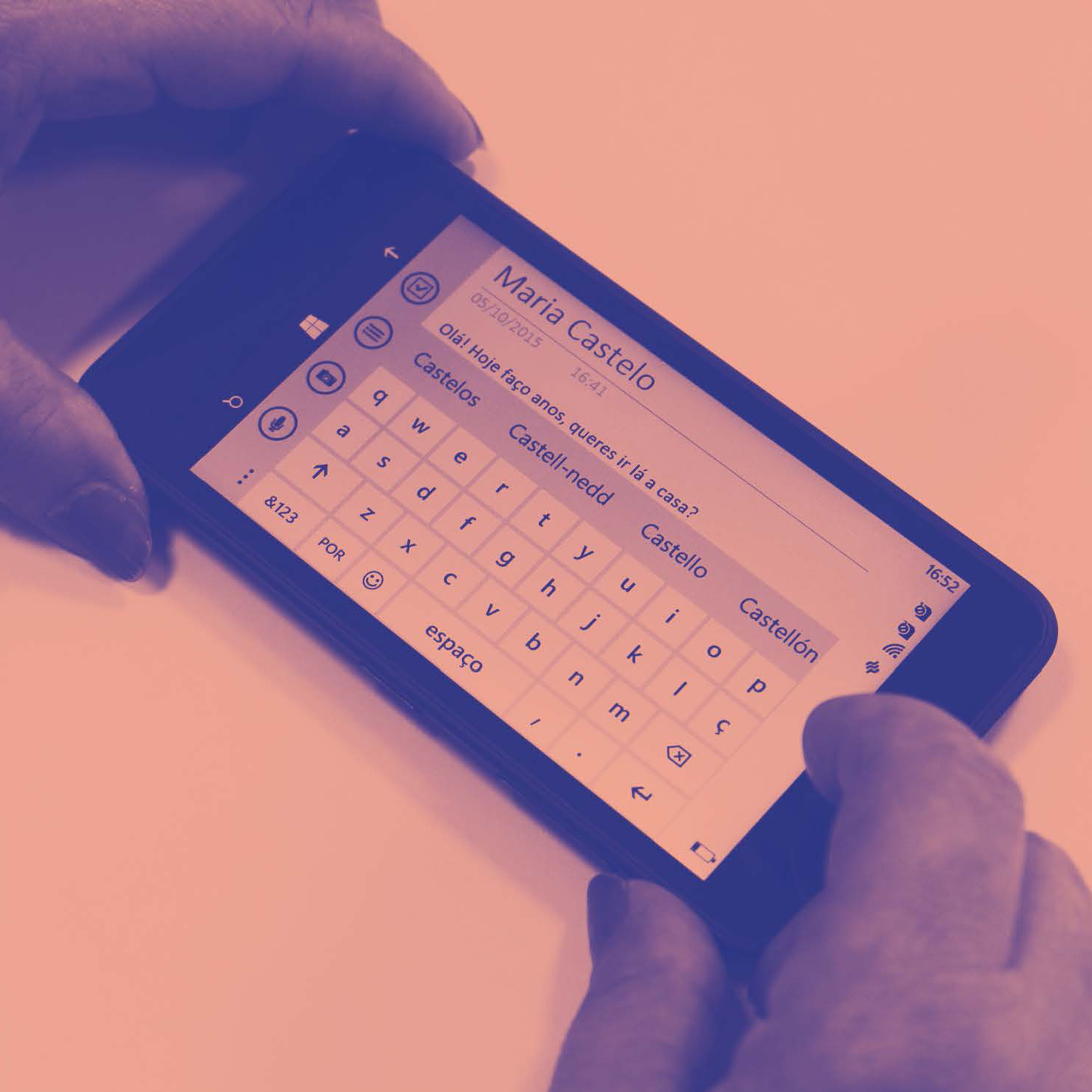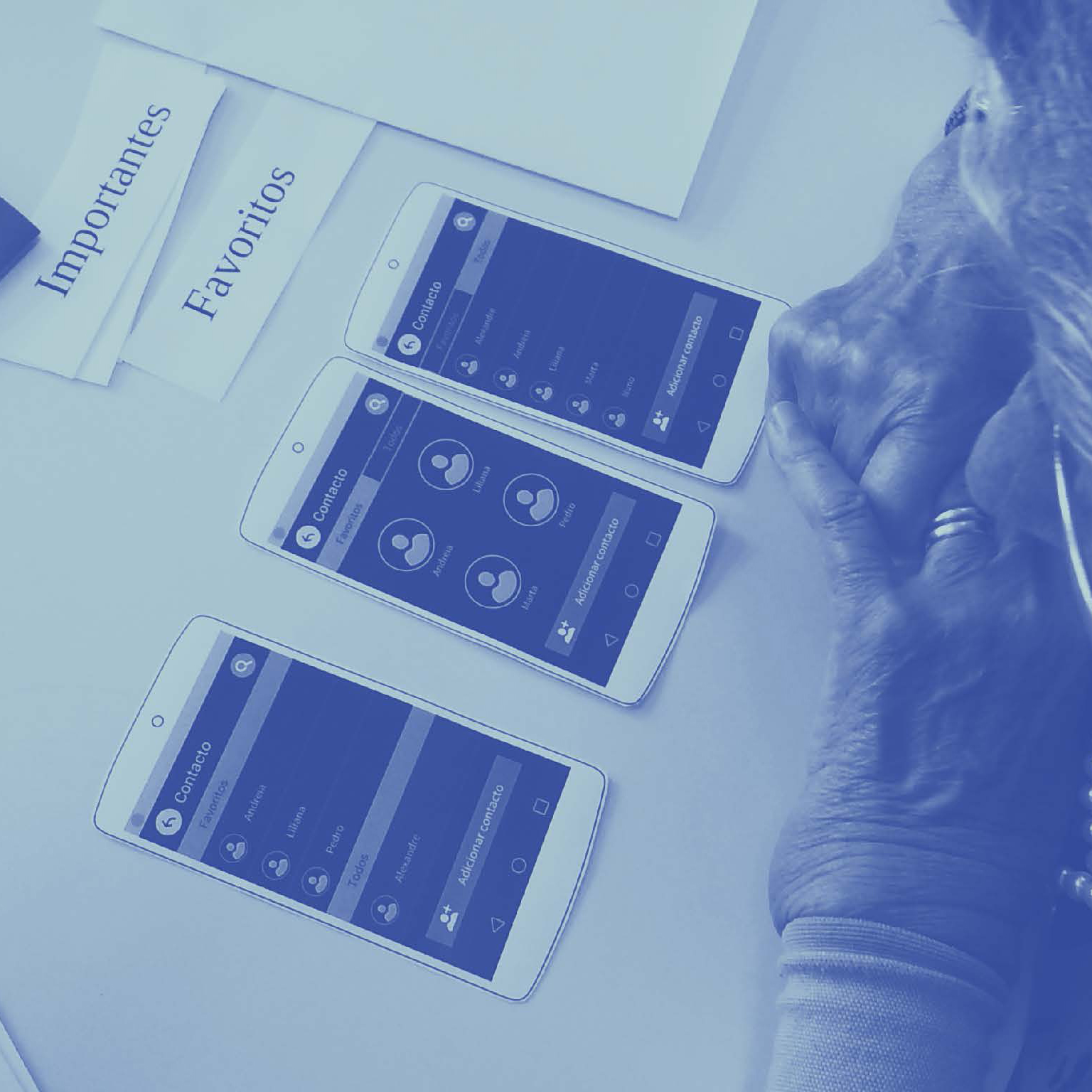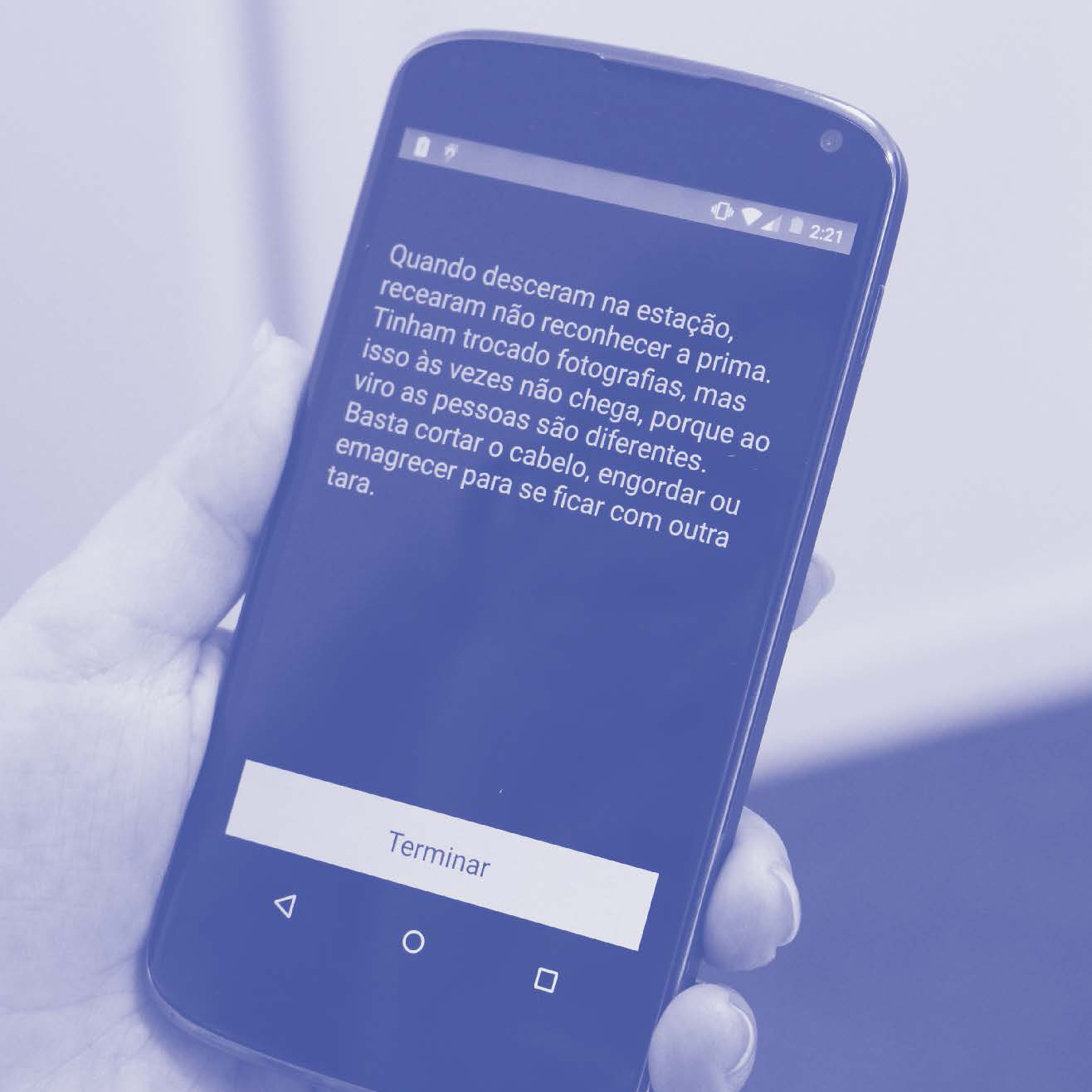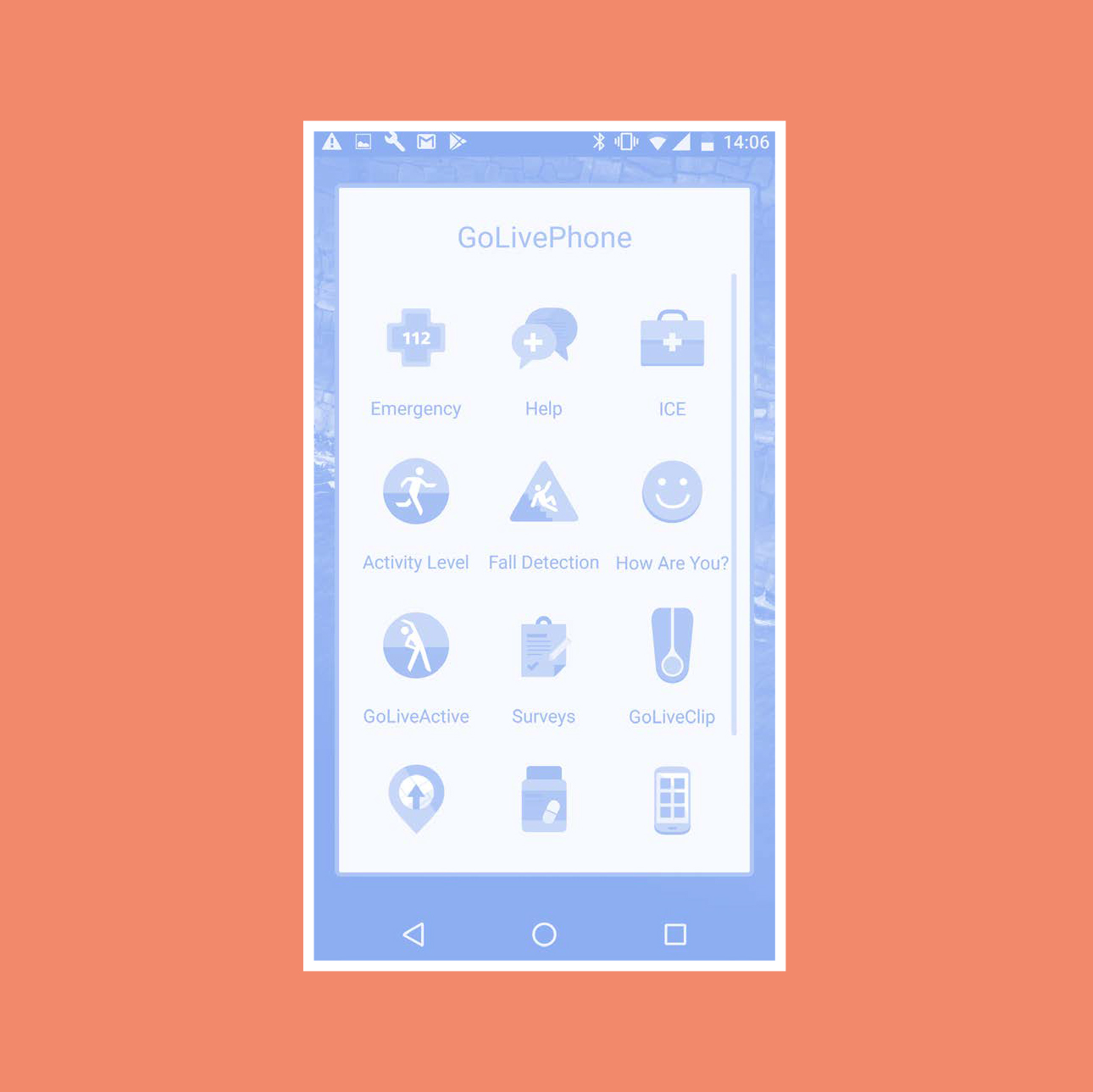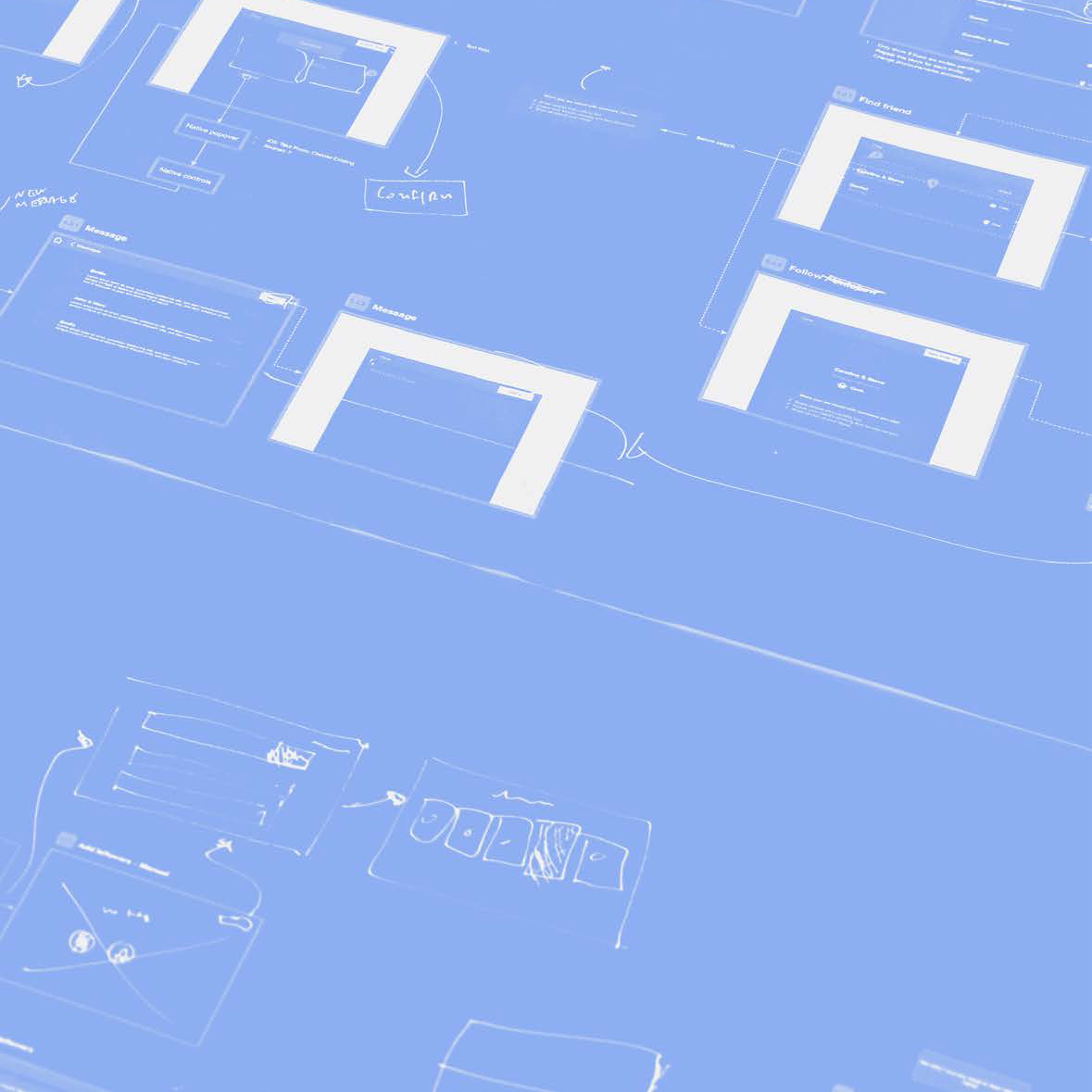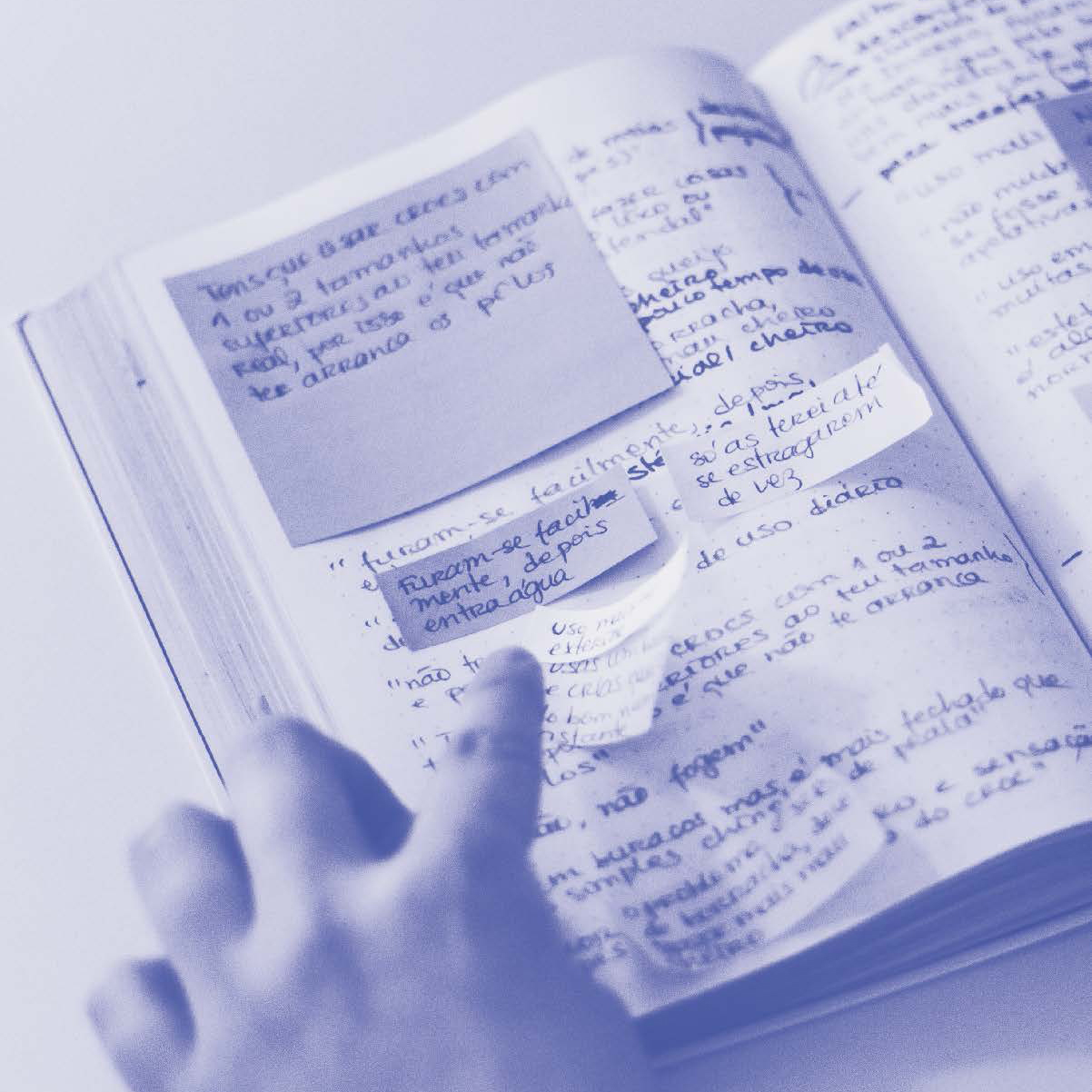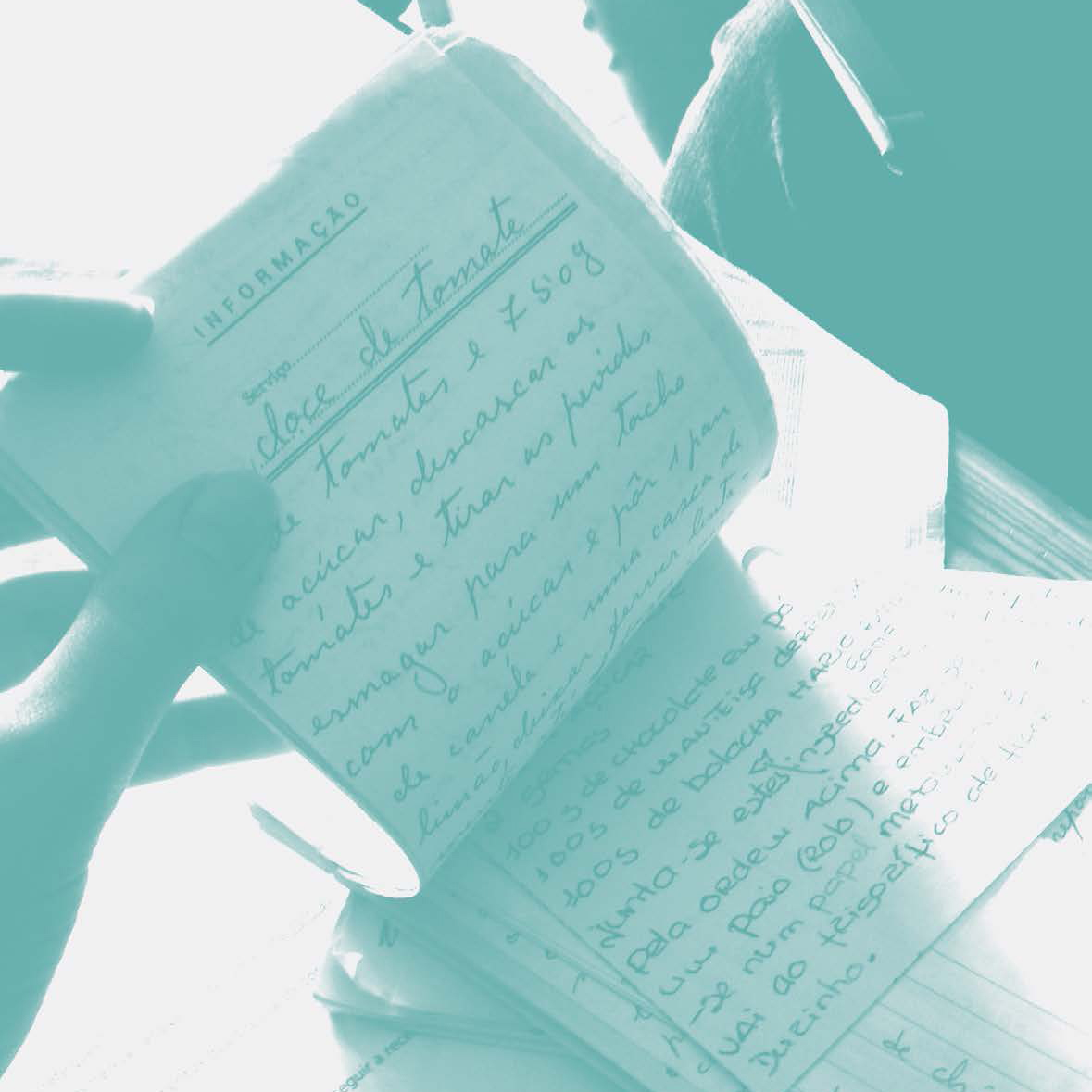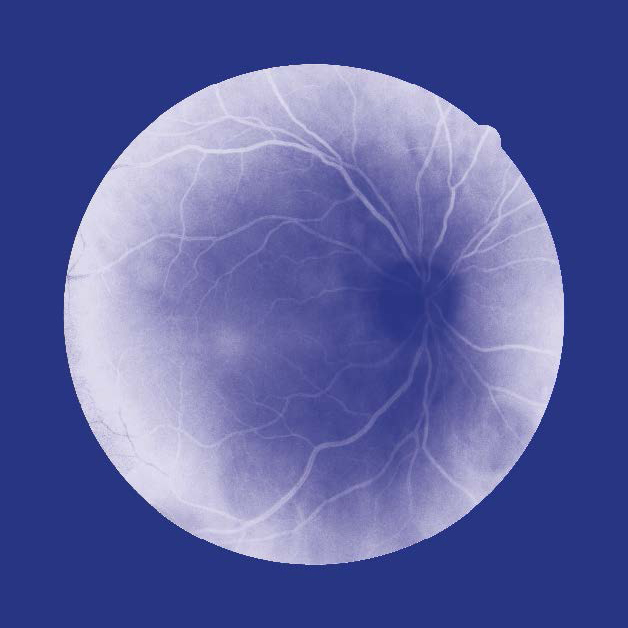Identify new technology opportunities with users
Focus group
Problem description: How can we design an effective tool to help physiotherapists prescribe exercises?
Work done: We gathered 12 physiotherapists in a group and moderated a discussion on how we could improve the way they prescribe exercises.
Results: The group insights allowed the exploration of several innovative prototypes that made their work more efficient, informed, and personalised.
Related project: FallSensing
 Fraunhofer Center for Assistive Information and Communication Solutions – AICOS
Fraunhofer Center for Assistive Information and Communication Solutions – AICOS